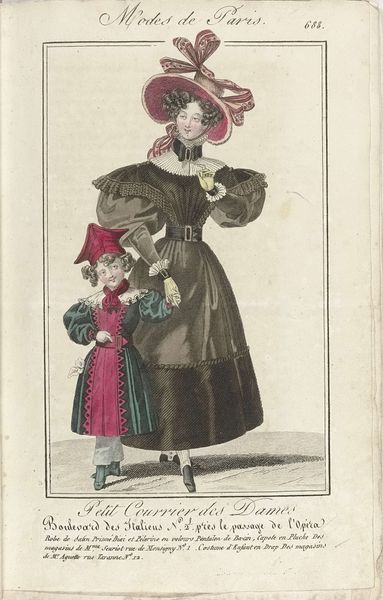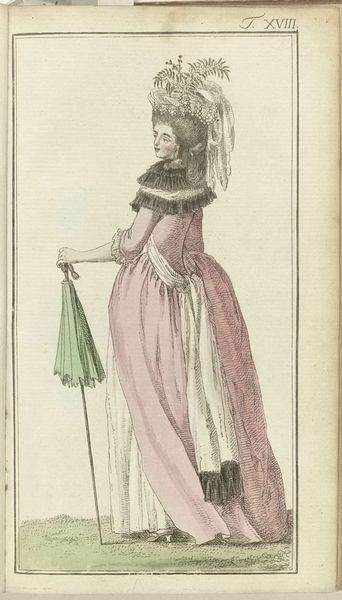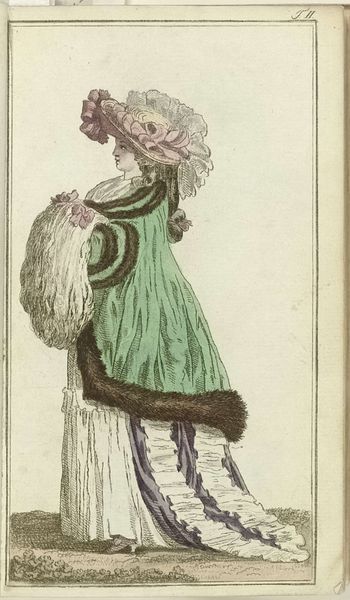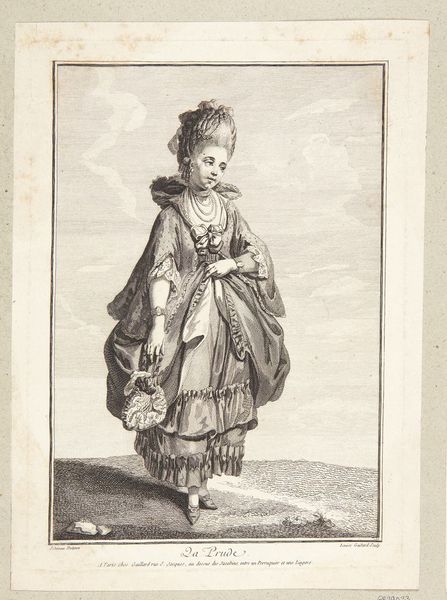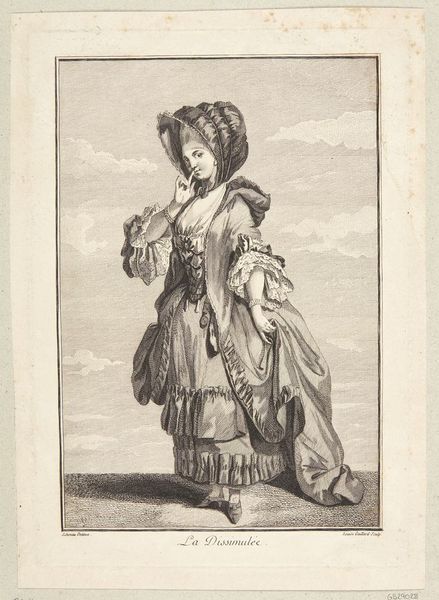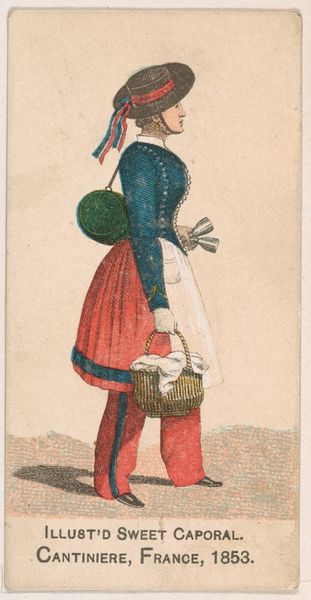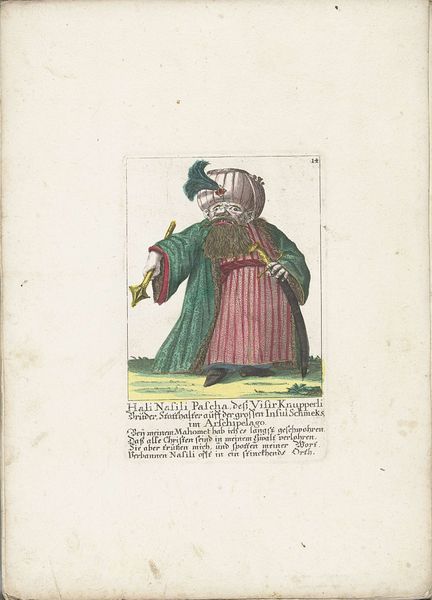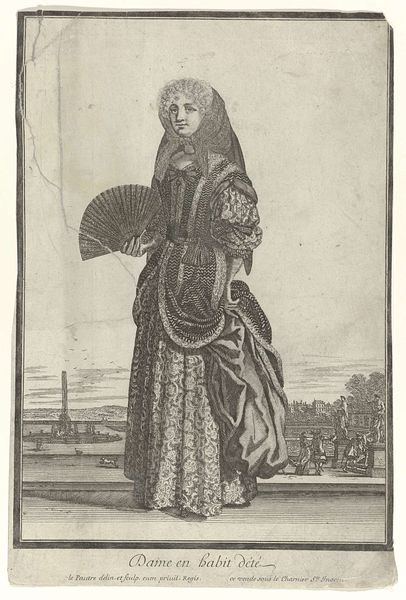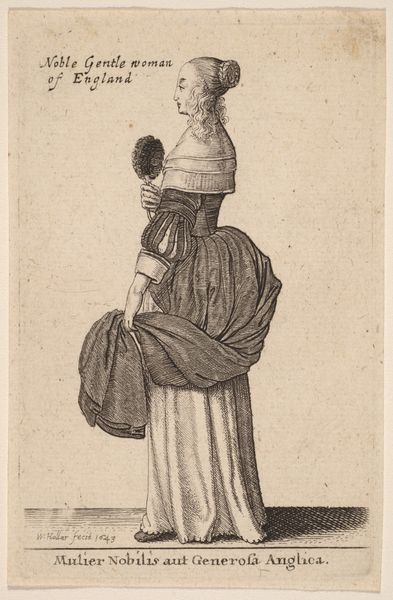
print, engraving
#
portrait
#
baroque
# print
#
historical fashion
#
genre-painting
#
history-painting
#
dress
#
engraving
Dimensions: height 295 mm, width 197 mm
Copyright: Rijks Museum: Open Domain
Editor: So this engraving, "Dame en habit d'été," or "Lady in Summer Dress," made between 1676 and 1678 by Jean Lepautre, really strikes me. It's titled as summer wear, but she appears quite covered up. What social narratives might be at play here? Curator: That’s a brilliant observation. The title, juxtaposed with her attire, immediately raises questions about societal expectations and constraints placed upon women of the time. Think about the performativity of gender through dress. What does "summer" represent in the context of 17th-century France, and who gets to define it? Is this "summer dress" about comfort, or is it more about projecting a certain image and adhering to class distinctions? Editor: That's a fascinating point about class. Could the layers have signified wealth and status, even during warmer months? And the fan… was it purely functional, or more of a statement? Curator: Precisely. The fan becomes an extension of her identity, a tool for both modesty and subtle communication within the rigid social codes of the era. Remember, sumptuary laws dictated who could wear what. The act of covering oneself could paradoxically signify elevated social standing. Now, consider the setting. Does the cultivated landscape provide additional clues about the narratives around leisure and privilege during this period? Editor: Yes, I see it. The controlled landscape with its architecture mirrors the control exerted over women's bodies and freedoms. It makes you wonder about the woman’s lived experience within these structures, doesn’t it? Curator: Exactly! By examining these intersections – gender, class, environment – we can move beyond simply admiring the artistry and start to unravel the complex power dynamics embedded within this seemingly simple portrait. Editor: I see now how unpacking the layers – literally and figuratively – gives us such a deeper understanding of the period. Curator: Indeed. The artwork functions as a time capsule of social tensions, which resonates even now in the ongoing dialogue of societal norms.
Comments
No comments
Be the first to comment and join the conversation on the ultimate creative platform.

